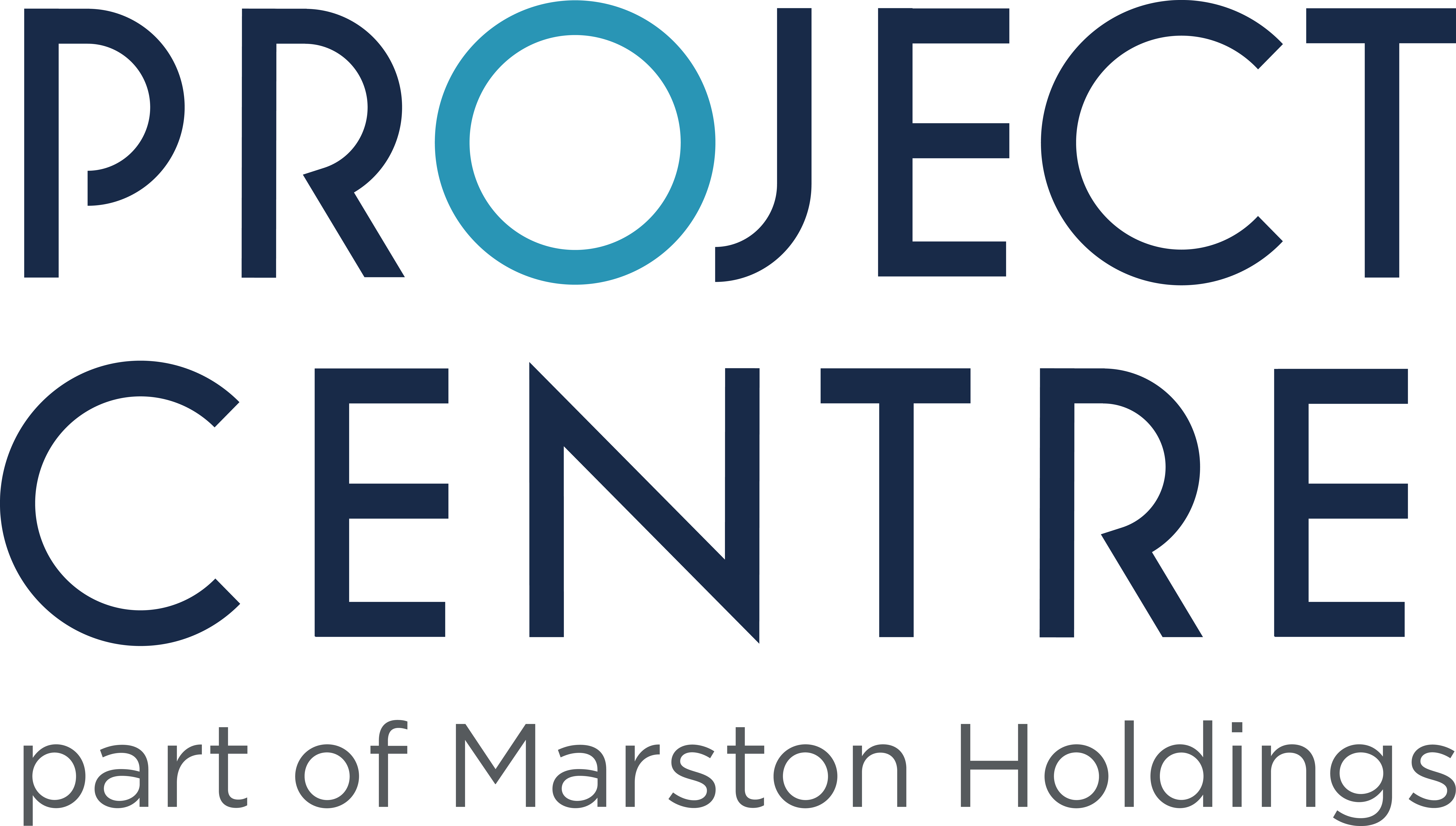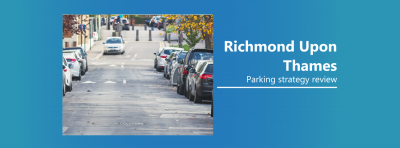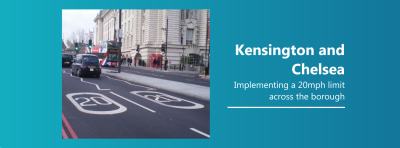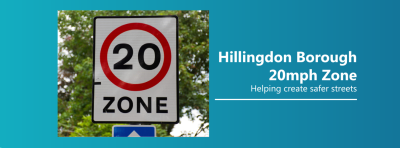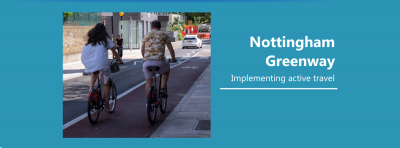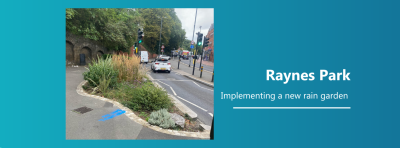Background
Following the success of our consultation document, the London Borough of Richmond upon Thames appointed us to assess speeds across the borough and design and implement a boroughwide 20mph scheme.
The consultation document introduced residents to the new scheme and implemented their feedback into our designs to overall improve road safety and air quality across the borough.
Process
The initial document outlined the key principles and design elements of a 20mph speed limit. The document also divided the borough based on wards and identified the following main roads:
- Transport for London Road Network (TLRN)
- A Roads
- B Roads
- Existing 20mph zones
- Existing 20mph limits
This document also formed the initial design proposals outlining the simplification of signage and markings that we will use within the later stages of the scheme’s design.
Following on from the success of the initial brief, we were again commissioned to undertake a baseline
assessment of speeds within the borough. We considered multiple approaches including:
- Surveying all the roads within the borough
- Surveying a sample selection of all road typologies
- Sampling a small selection of roads within the borough
We surveyed almost 170 locations for road speeds and speed limit compliance, and assessed how to reduce speeds on roads. Moreover, we reviewed the traffic surveys alongside five years of collision data, identifying collision clusters where vehicle speed and non-compliance were a factor.
We used mean speeds as an indicator rather than 85th percentile vehicle speeds. This is because mean speeds are easier to understand for residents. The mean boroughwide speed across the borough was recorded at 21.9mph, however the mean speed recorded across the top 50 locations was recorded at 28.4mph.
Using this data, we split locations based on classification. We used this to create priority lists to analyse further. Additionally, the data helped us consider future mitigation factors.
Implementation, design and delivery of the 20mph zone
During the consultation we received 10,000 responses from residents and businesses, and the scheme gained approval to implement. with the following objectives
- Reduce vehicle speeds on roads, particularly on those roads which have the highest rate of non-compliance
- Overall improvement in the liveability of neighbourhoods
- Creating a more consistent landscape of 20mph across London in line with neighbouring boroughs
- Reduce the need for physical traffic calming measures
- Aiding the Council’s wider aim to improve air quality
We excluded a number of locations from the scheme based on feedback from resident, business and key stakeholder engagement.
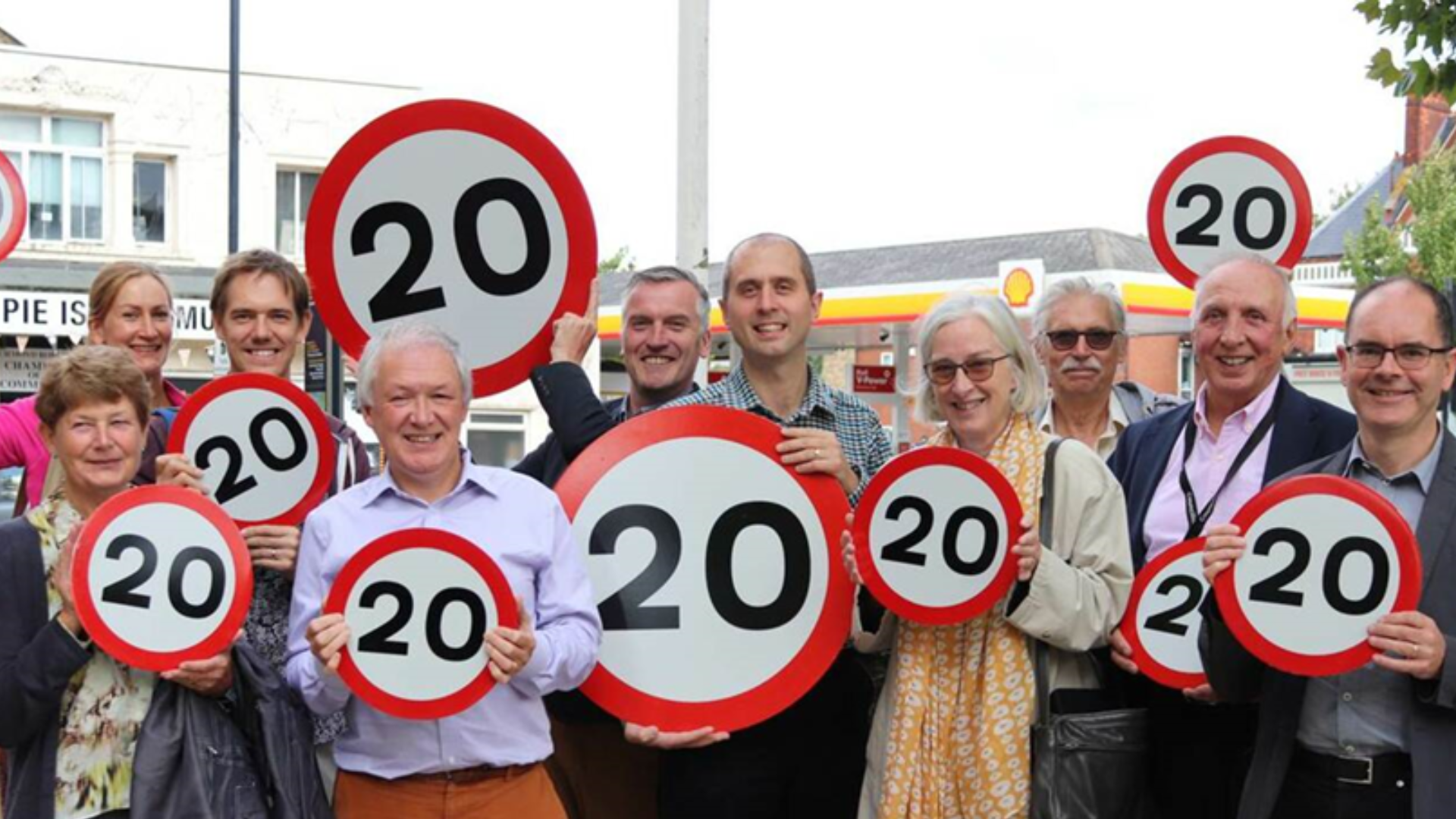
The design and delivery of the scheme focused heavily on introducing the least amount of additional infrastructure. This required designers to import existing street furniture asset information into the new drawings and only introducing new infrastructure when existing could not be used due to damage. The team worked very closely with the borough’s street lighting and highways team to achieve this.
The scheme’s simultaneous design and installation allowed the team to work on sections whilst delivering the project. This minimized overall delays and reduced cost of temporary traffic management and signage to bring the scheme online as a whole.
We seconded a member of the design team into the borough to oversee the installation of infrastructure. They ensured that any design queries were ironed out quickly, reducing installation delays.
Impact of our 20mph zone
We conducted a survey six months after we installed the scheme. This was to give drivers a chance to adapt to the change in speed limit. Moreover, the aim of the survey was for us to understand where non-compliance was still an issue. We also wanted to know if the Richmond Upon Thames still needed additional mitigation measures. This would help the borough to reduce overall vehicle speeds in specific areas.
The survey conducted pre scheme implementation found the mean speed across the borough was 21.9mph and the mean speed across the top 50 locations was 28.4mph. The six month post implementation survey recorded a new, lower mean borough speed of 20.9mph and a lower mean speed recorded across the top 50 locations of 25.1mph, a reduction of 3.30mph.
While successful in reducing speeds across the borough, some isolated locations didn’t meet the mean speed target. These locations were identified for additional mitigation measures following a full review 12 months after the scheme implementation date.
Possible mitigation measures that we reviewed were:
- Vertical and horizontal traffic calming
- Phantom traffic calming measures
- Additional signage
- Road markings
- Increased enforcement
- Community roadwatch programs
- Increase education and publicity campaigns
- Corridor specific schemes
“Good communications, always willing to help for last minute emergencies such as the 20mph report plan. We have had an excellent member of your staff seconded into our offices to assist with the start of the rollout. He is a very good and keen staff member and has excellent attention to detail. We enjoy our working relationship with Project Centre. Your staff members are always keen to help and are very approachable.”
Lisa Fenn, Principal Traffic Engineer and Traffic and Parking Policy, London Borough of Richmond upon Thames

